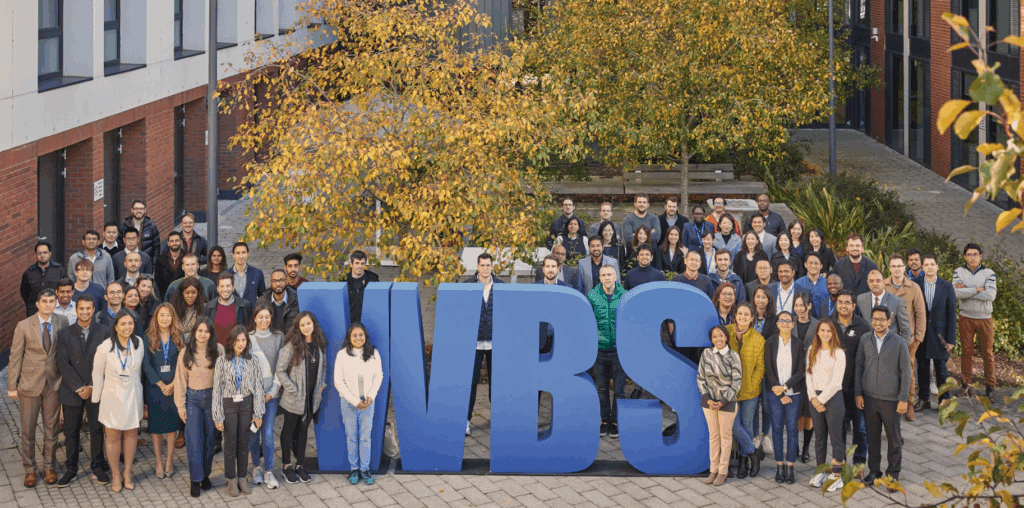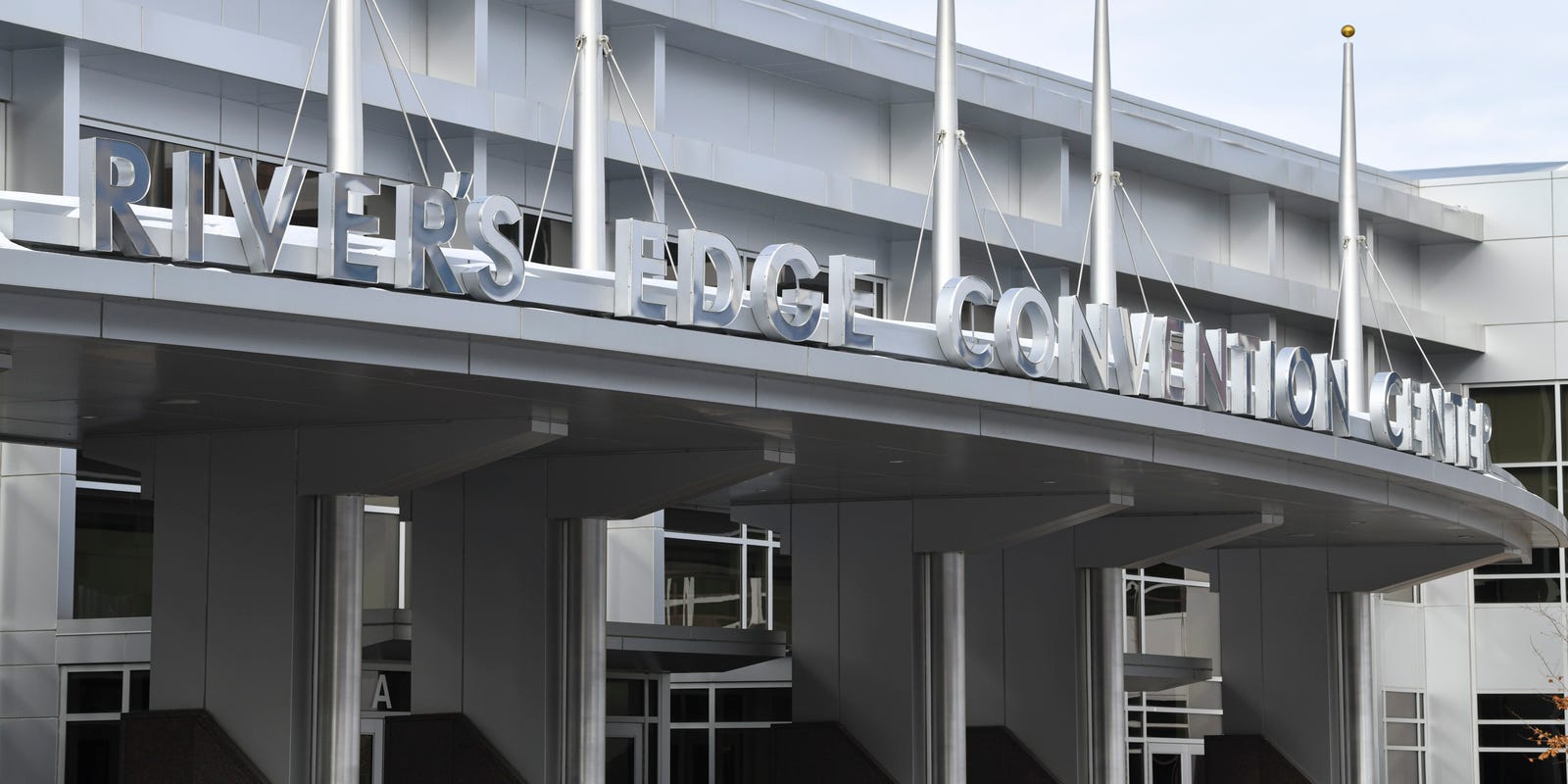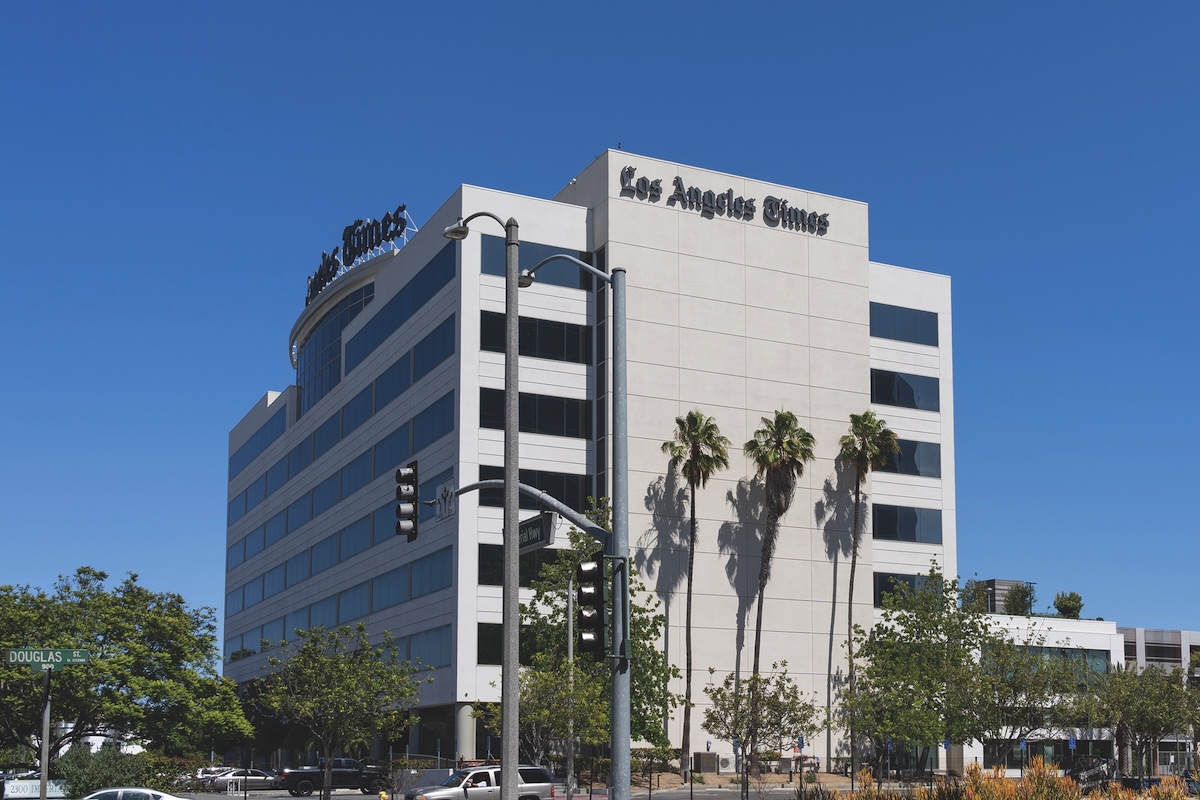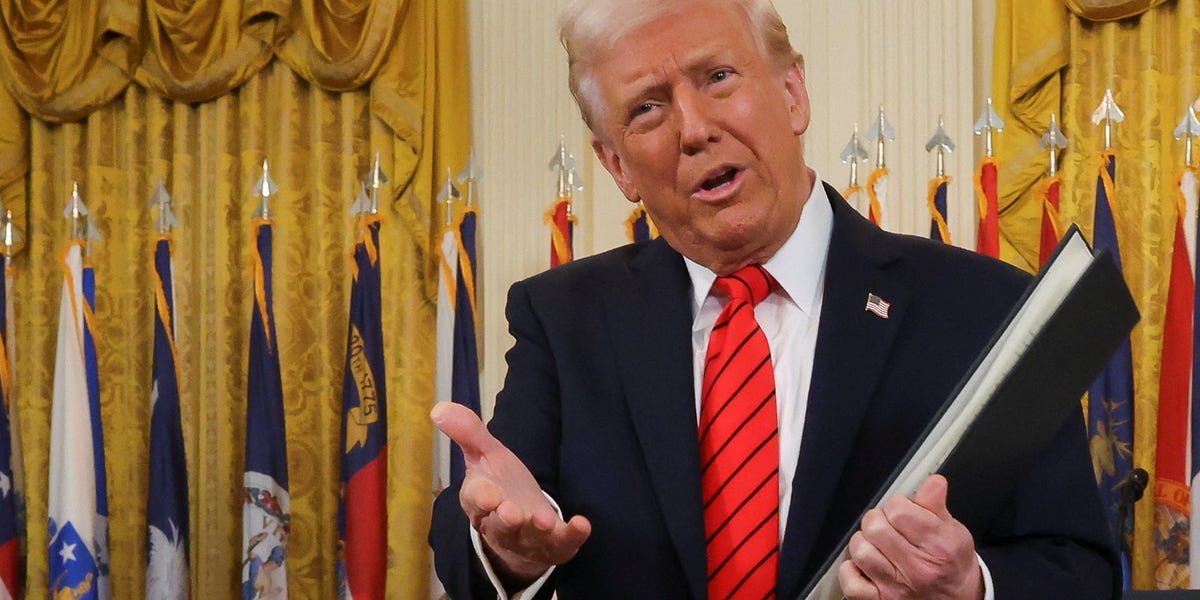Streetcar Chaos: Omaha Businesses Caught in the Crosshairs of Urban Transformation

Omaha's Streetcar Project: A Double-Edged Sword for Local Businesses
The ambitious streetcar construction project in Omaha was intended to breathe new life into the city's economic landscape, promising increased foot traffic and urban revitalization. However, the reality on the ground tells a starkly different story for many local business owners.
What was meant to be a transformative infrastructure investment has instead become a challenging ordeal for numerous establishments along the construction route. Merchants report significant disruptions to their daily operations, with reduced customer access, diminished visibility, and substantial drops in revenue.
The ongoing construction has created a maze of barriers, detours, and noise that seems to deter rather than attract potential customers. Small businesses, already struggling in the wake of recent economic challenges, find themselves bearing the brunt of this urban development project.
City officials remain optimistic, arguing that the short-term pain will yield long-term economic gains. Yet for many entrepreneurs, these promises ring hollow as they fight to keep their businesses afloat during what feels like an endless construction nightmare.
As the streetcar project continues to unfold, the tension between urban progress and immediate economic survival remains a critical concern for Omaha's business community.








